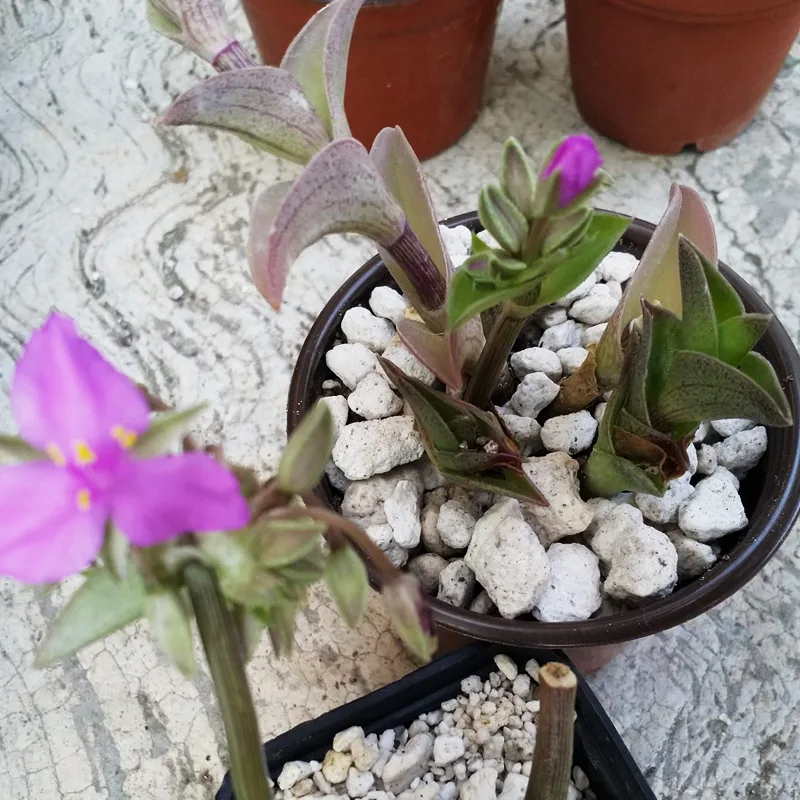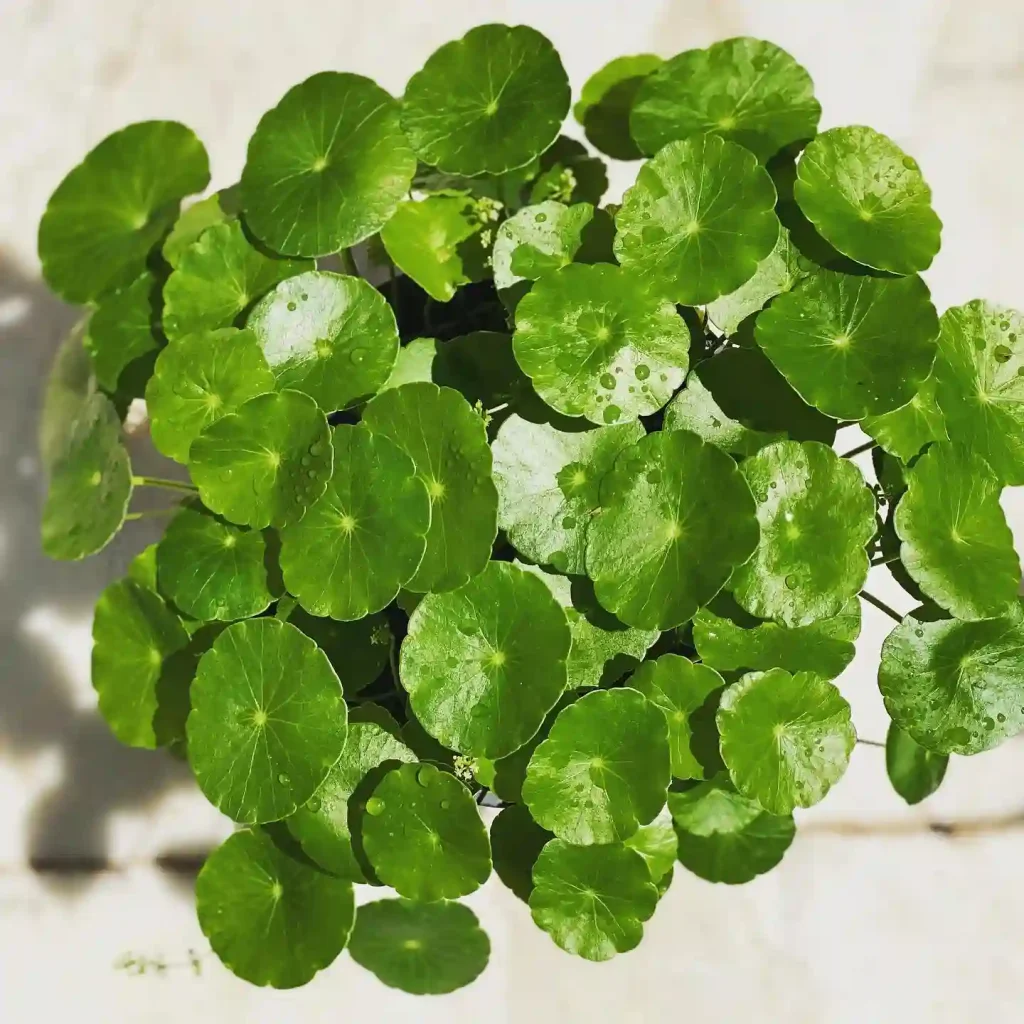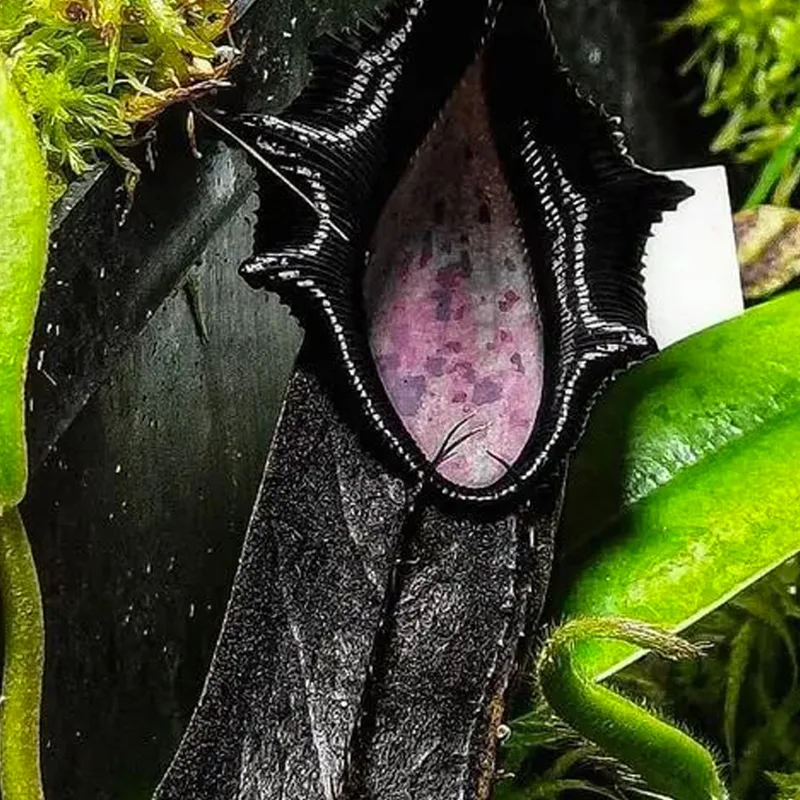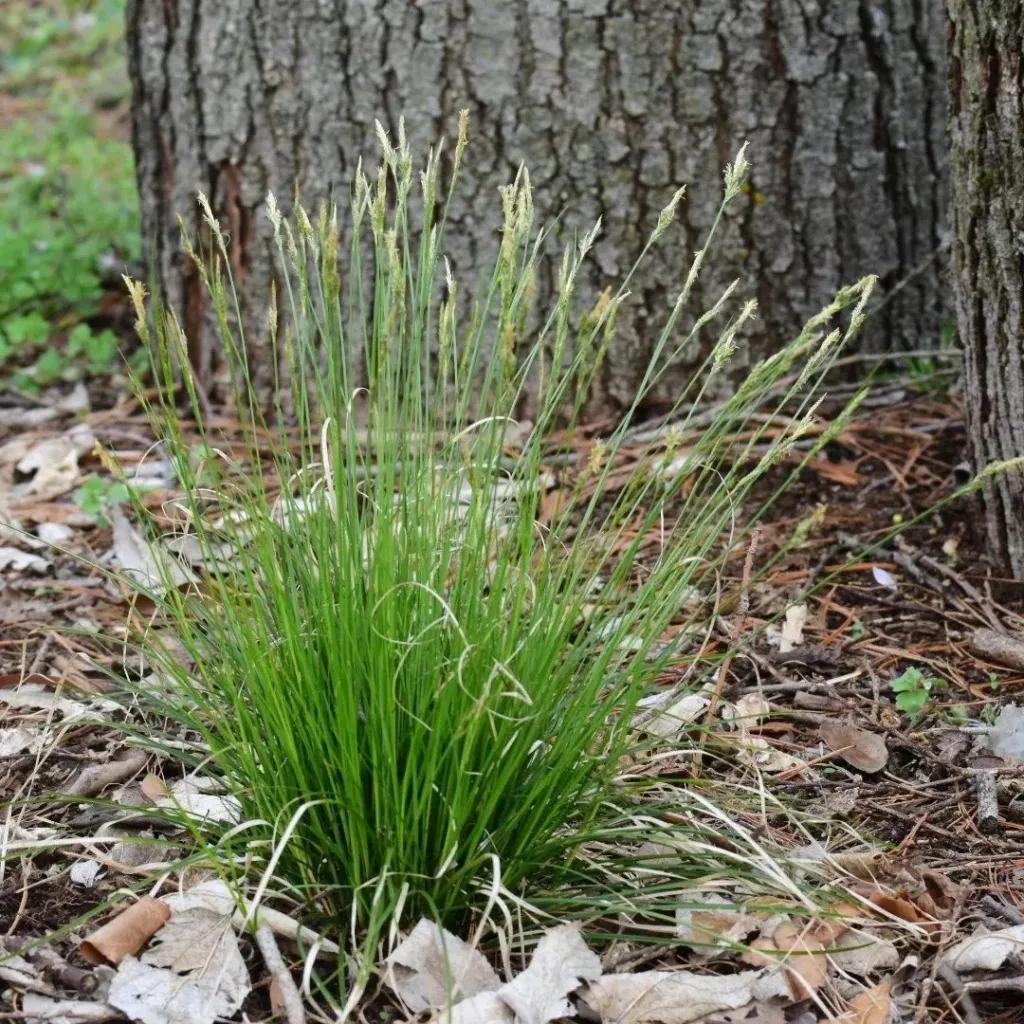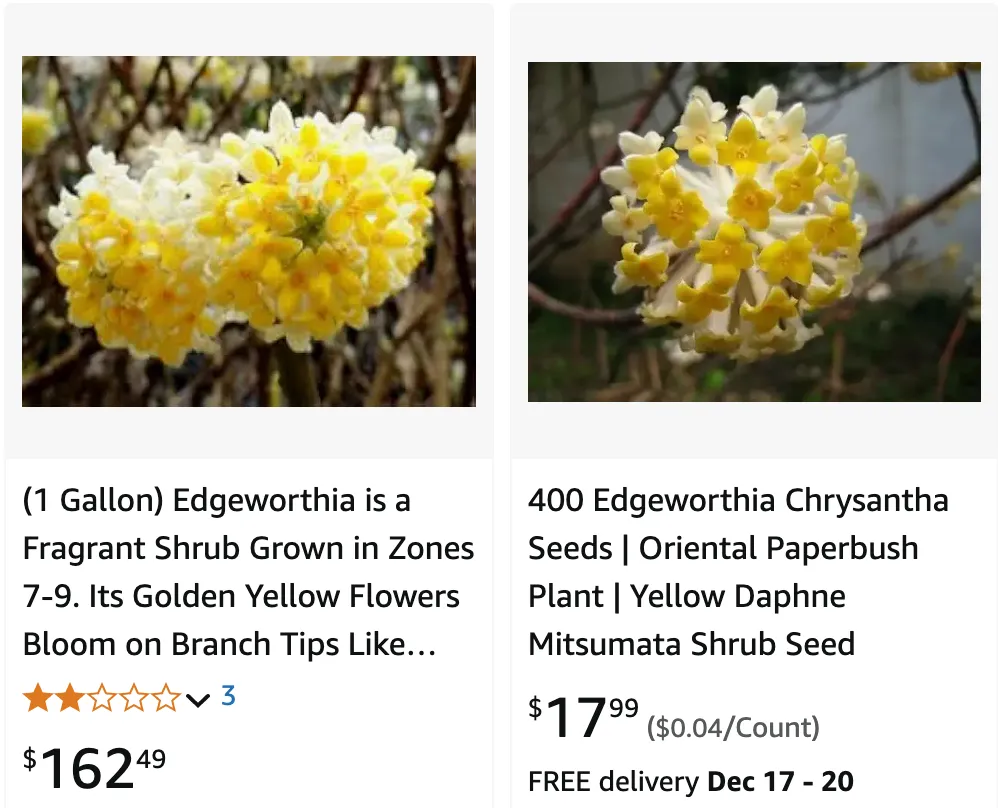
July 8 – Edgeworthia
"Edgeworthia, the paperbush, represents July 8."
Edgeworthia symbolizes resilience and transformation. You adapt gracefully to change, emerging stronger with every challenge. Like its fragrant flowers, your strength is both enduring and uplifting.
The Allure of Edgeworthia: A Personal Exploration
My name is Ferb Vu, and I’ve always been drawn to the subtle beauty and quiet strength of plants. There’s a particular genus, however, that has captured my imagination more than most: Edgeworthia. This fascinating group of flowering shrubs, native to the Himalayas and parts of East Asia, possesses a unique blend of ornamental beauty, cultural significance, and practical utility that I find endlessly intriguing.
A Botanical Marvel
Edgeworthia belongs to the Thymelaeaceae family, known for its fragrant flowers and tough, fibrous bark. The genus itself is relatively small, comprising only a handful of recognized species. The most well-known among them is undoubtedly Edgeworthia chrysantha, commonly known as the paperbush. This deciduous shrub is prized for its clusters of fragrant, yellow flowers that bloom in late winter or early spring, often before the leaves emerge. The flowers possess a sweet, intoxicating scent reminiscent of cloves and hyacinths, adding another layer to their allure.
- Edgeworthia albiflora: As the name suggests, this species is distinguished by its white flowers.
- Edgeworthia chrysantha: Known for its fragrant, bright yellow flowers that bloom in late winter, Edgeworthia chrysantha adds a pop of color to early-season gardens. Plant FAQs: Edgeworthia Chrysantha – Paperbush
- Edgeworthia eriosolenoides: This species is appreciated for its fuzzy, tubular flowers and rounded foliage, creating a unique, soft texture in shaded garden areas.
- Edgeworthia gardneri: Native to the Himalayas, Edgeworthia gardneri boasts creamy white to pale yellow blooms that appear on bare stems, providing a subtle yet striking winter display.
- Edgeworthia longipes: With its red-stemmed branches and small yellow flower clusters, Edgeworthia longipes is a distinctive, compact shrub ideal for smaller landscapes.
More Than Just a Pretty Face
Beyond its ornamental value, Edgeworthia has a rich history of practical use. The common name “paperbush” hints at its most significant application: papermaking. The strong, fibrous bark of Edgeworthia, particularly E. chrysantha, has been used for centuries to produce high-quality paper in countries like Japan, Nepal, and Bhutan. This paper, known for its durability and texture, is often used for banknotes, calligraphy, and traditional crafts.
In Japan, the paper made from Edgeworthia is called “mitsumata.” It’s highly valued for its strength and resilience, making it ideal for crafting items like banknotes that need to withstand wear and tear. The process of making mitsumata paper is labor-intensive and involves carefully stripping the bark, boiling it, and then pounding it into a pulp. The resulting paper is prized for its unique texture and durability.
A Symbol of Resilience
For me, Edgeworthia represents more than just a beautiful plant or a source of useful fiber. It symbolizes resilience, adaptability, and the enduring connection between humans and nature. This hardy shrub thrives in challenging environments, often growing on rocky slopes and in mountainous regions. Its ability to flourish in such conditions speaks to its inherent strength and tenacity.
Moreover, the long history of Edgeworthia’s use in papermaking highlights the enduring relationship between humans and the natural world. For centuries, people have relied on this plant to provide them with a valuable resource. In turn, they have developed techniques to cultivate and utilize it sustainably, ensuring its continued existence for generations to come.
A Personal Connection
My fascination with Edgeworthia stems from a deep appreciation for its understated beauty, cultural significance, and practical value. It’s a plant that embodies both elegance and resilience, serving as a reminder of the interconnectedness of all living things.
In a world that often prioritizes flashiness and instant gratification, Edgeworthia stands as a testament to the enduring power of quiet strength and subtle beauty. It’s a plant that rewards close observation and invites contemplation, offering a glimpse into the intricate tapestry of nature and our place within it.
If i die, water my plants!
